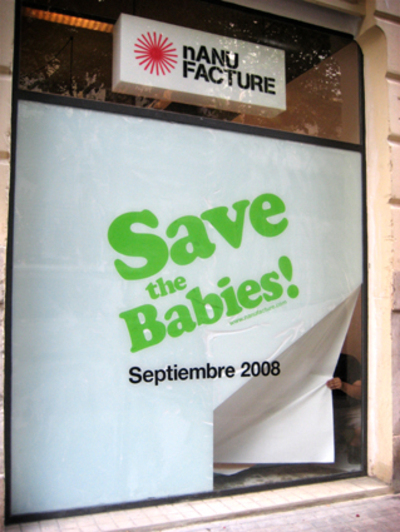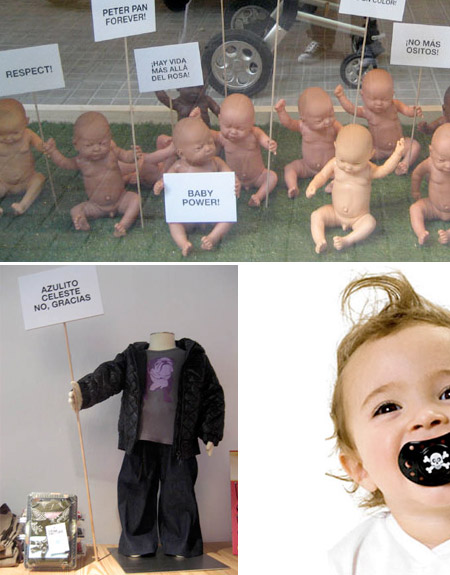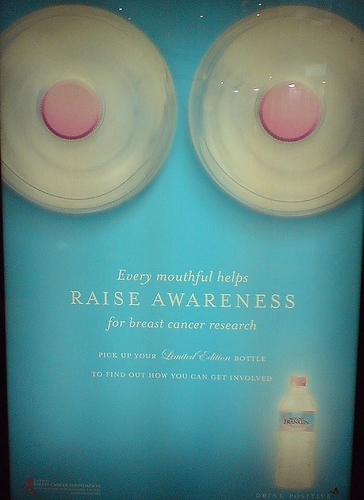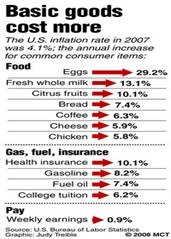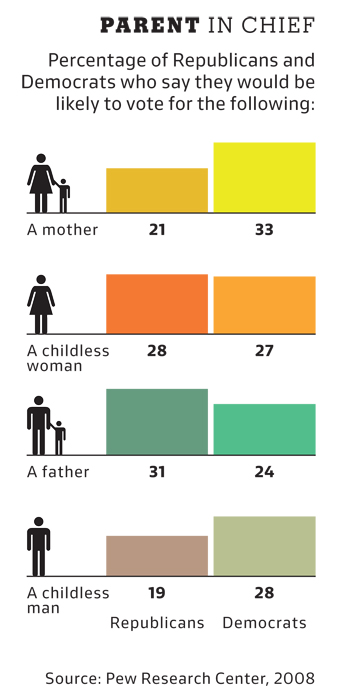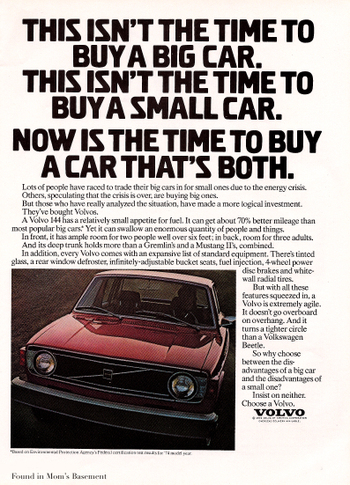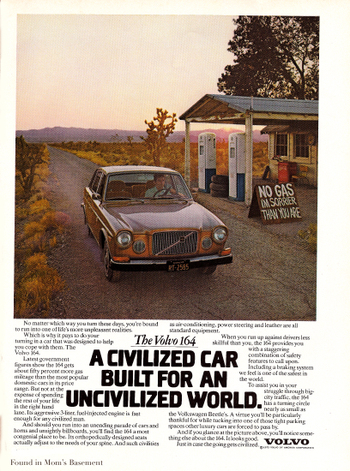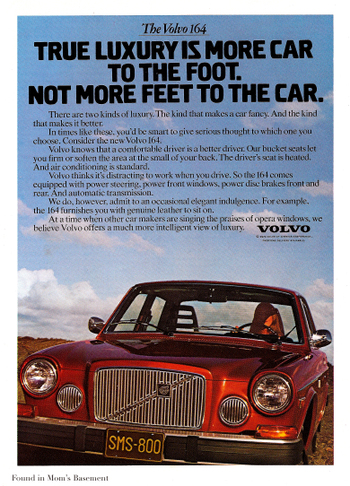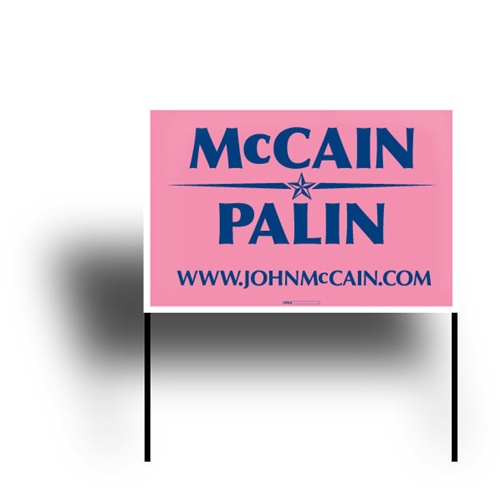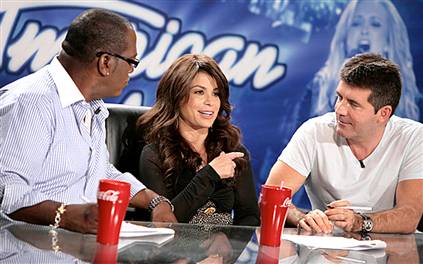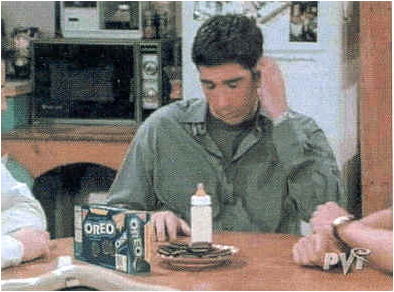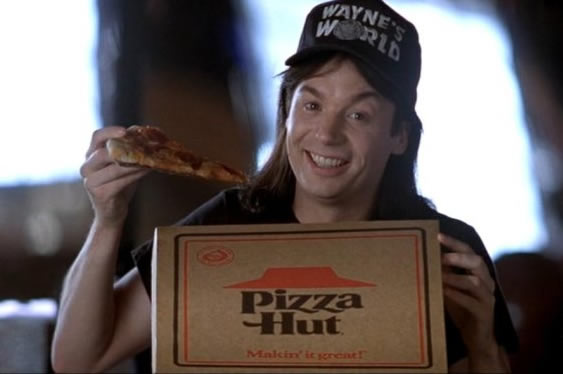Miguel sent in these photos from nANUFACTURE, a children’s clothing store based in Valencia, Spain. The advertising campaign is “save the babies.” This first one was found at the company website:
This one was found here:
The babies in the top photo are holding signs in Spanish that say “there’s life beyond pink” and “no more teddy bears!” The sign in the lower left photo says “no sky blue, thanks.”
Given that the website includes photos of Angelina Jolie and Brad Pitt and of a scene from the “Sex and the City” movie that shows toys sold at the store, and the super-hipness of the clothing line (flared-leg kids’ jeans, anyone?), I assume the store sells expensive stuff. Their mission statement includes statements about supporting breastfeeding and natural childbirth, as well as selling children’s clothing. According to one of the owners (I think my translation is accurate enough),
Dads and moms…have their first son or daughter when they’re around age 30. That is, they’re young! But it appears that no other store owner in this sector [children’s clothes] has noticed this small detail.
They go on to talk about saving babies from ugly polka dots, teddy-bear stencils, and pastel pink and blue.
I think this is an interesting mixture of elements. It’s nice to see any store selling alternatives to the pink/blue dichotomy and providing forums for breastfeeding advocacy groups and such. But I also think the clear marketing to a certain type of parent is worthy of discussion. Obviously, kids don’t know whether they’re supposed to think polka dots are awesome or lame. This is about “saving” kids from things these young, hip parents think are lame or uncool. We’ve had a couple of posts recently about politically labeling kids (see here), but here we have an example of non-political labeling: as too hip and cool for the tastes of the masses. These images might be a useful addition to a discussion of how children’s clothing often reflects parents’ tastes and ideas about themselves (as cool, progressive, liberal/conservative, etc.), or about the rise in expensive children’s clothing marketed to the middle and upper-middle class.
Full disclosure: I do think many items of children’s clothing are hideous, but I’m probably in no position to judge, since my mom once made us shirts out of some rags she found in my grandpa’s shop that he planned to use to sop up oil. Yes, we actually wore rags.
Thanks, Miguel!

